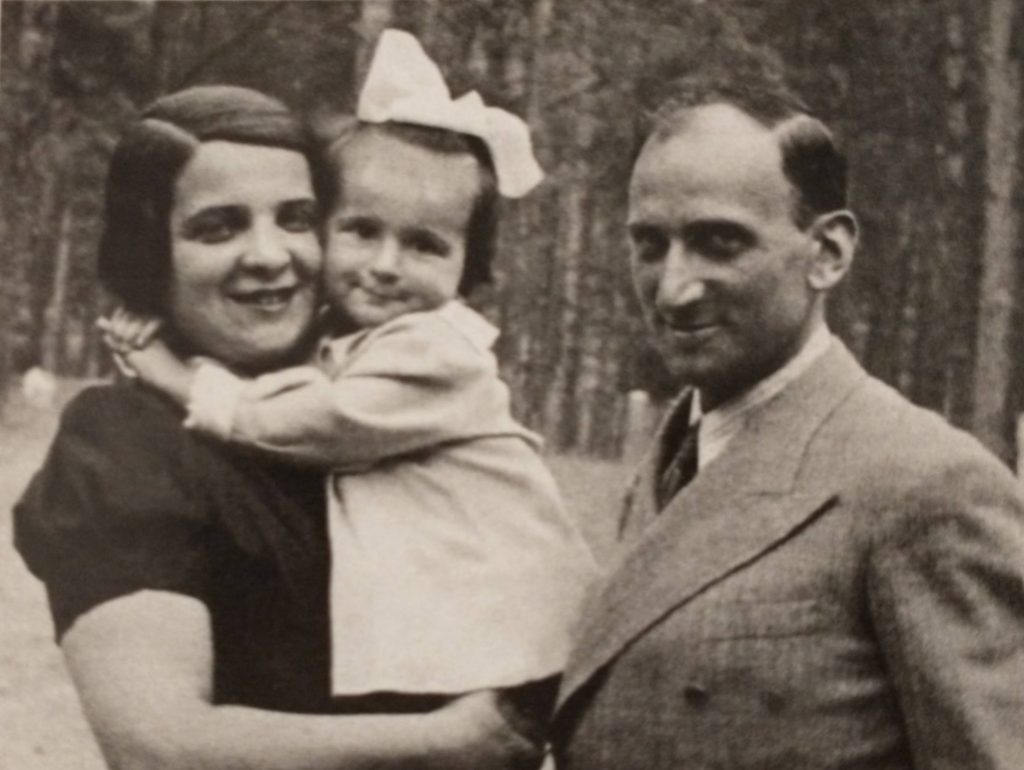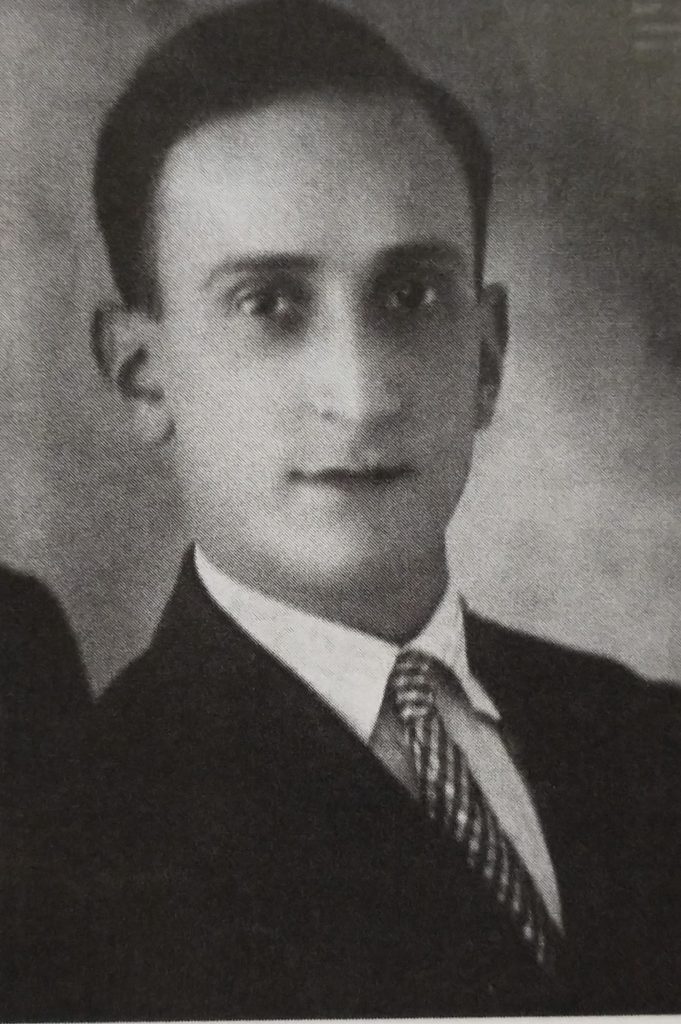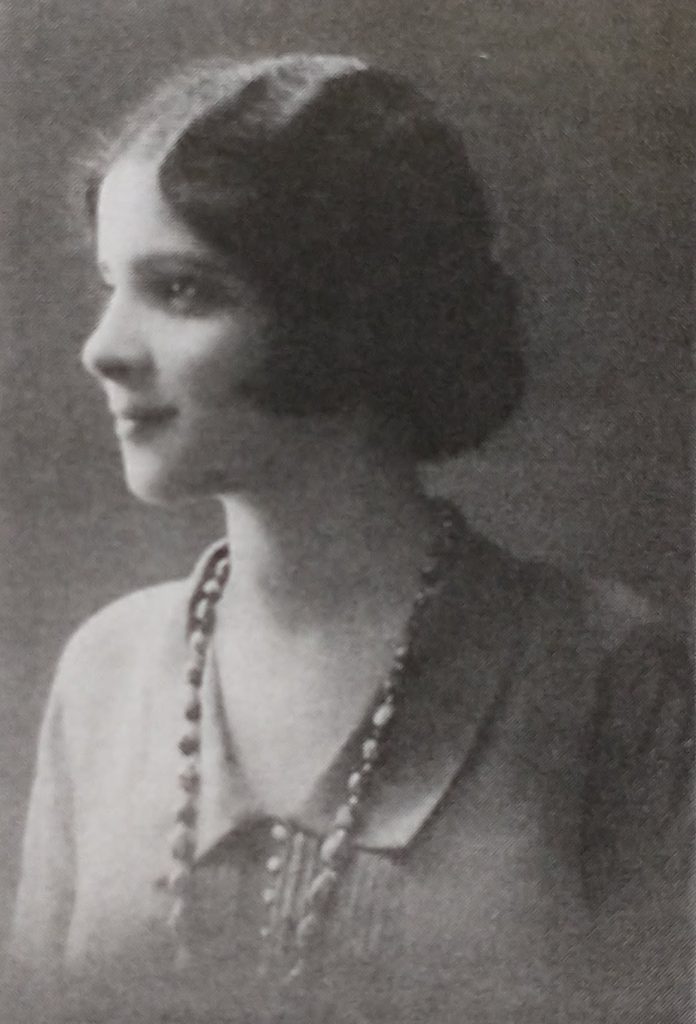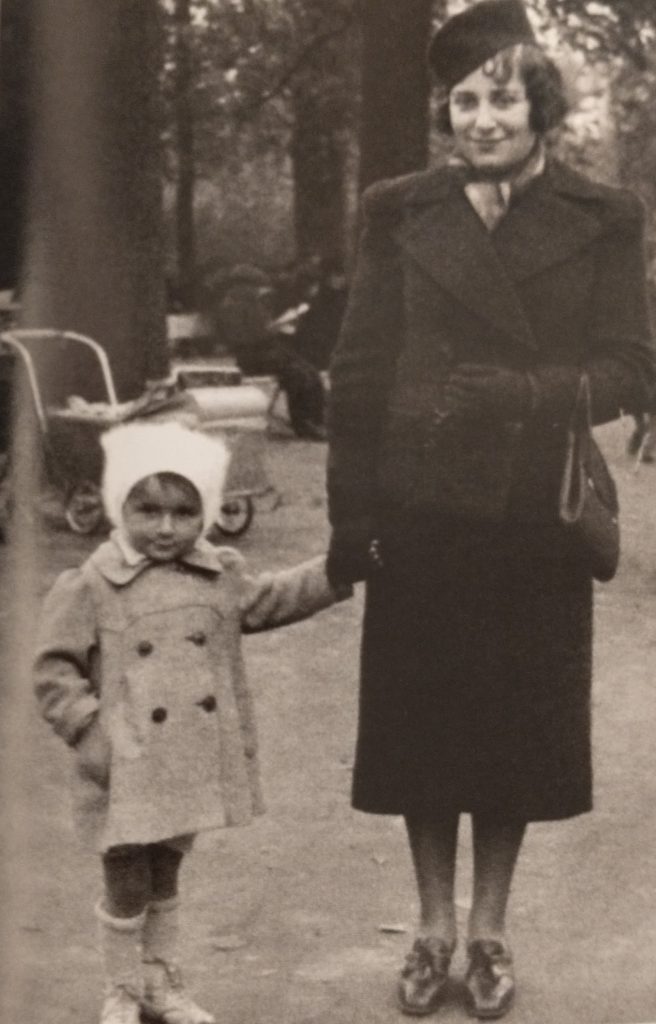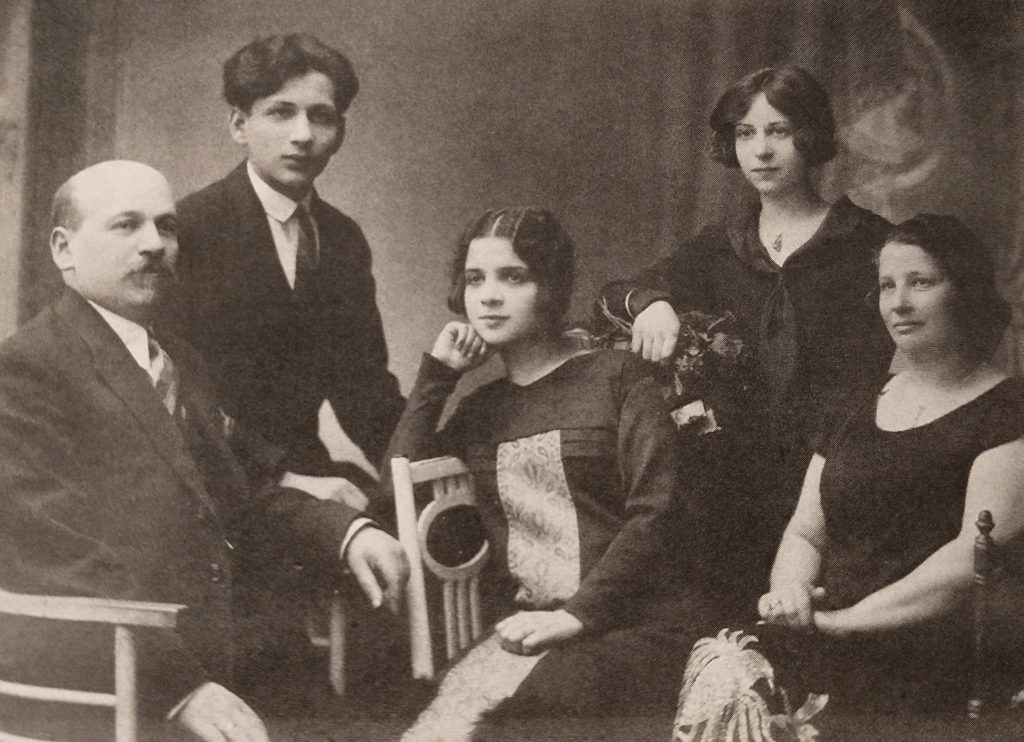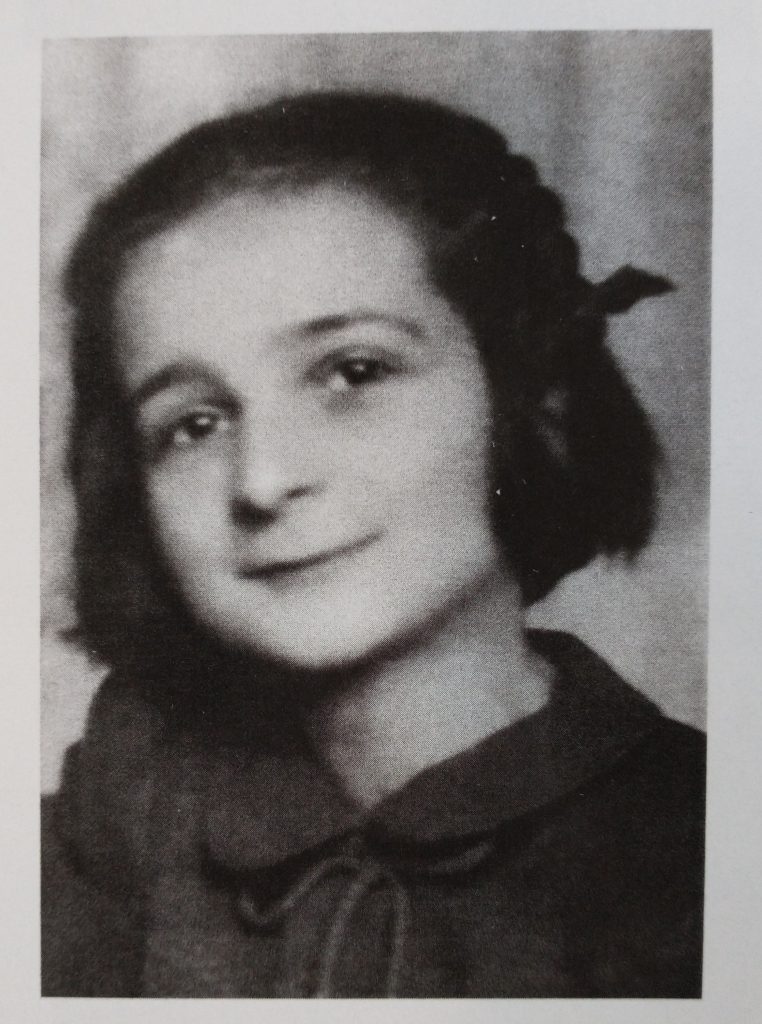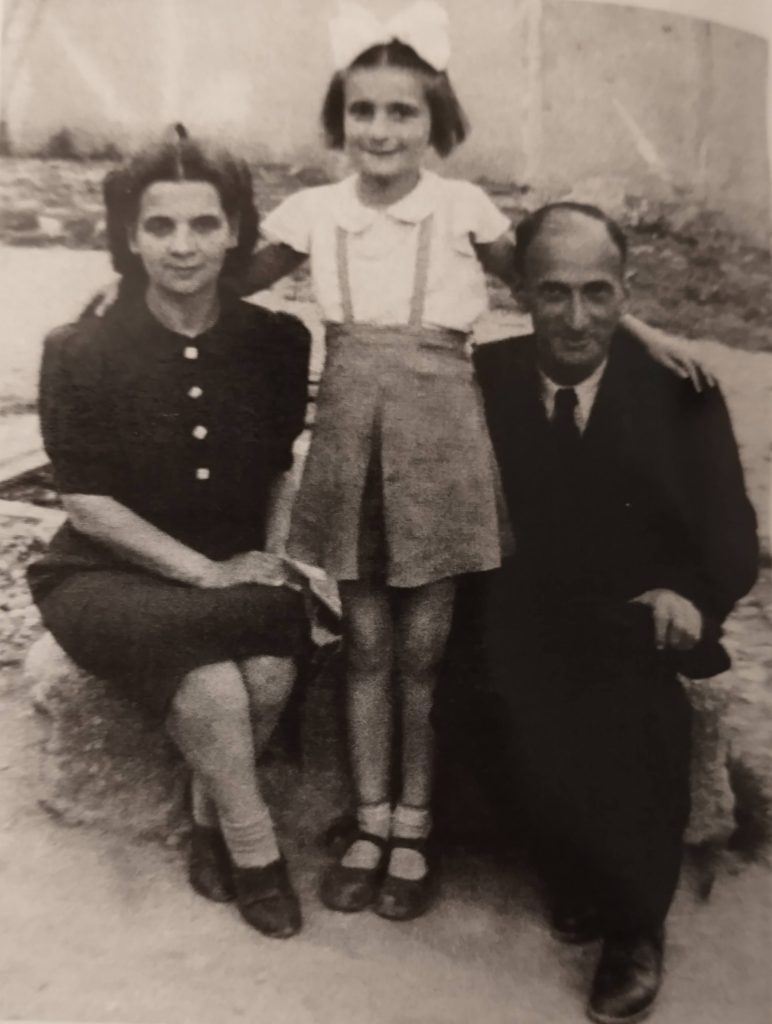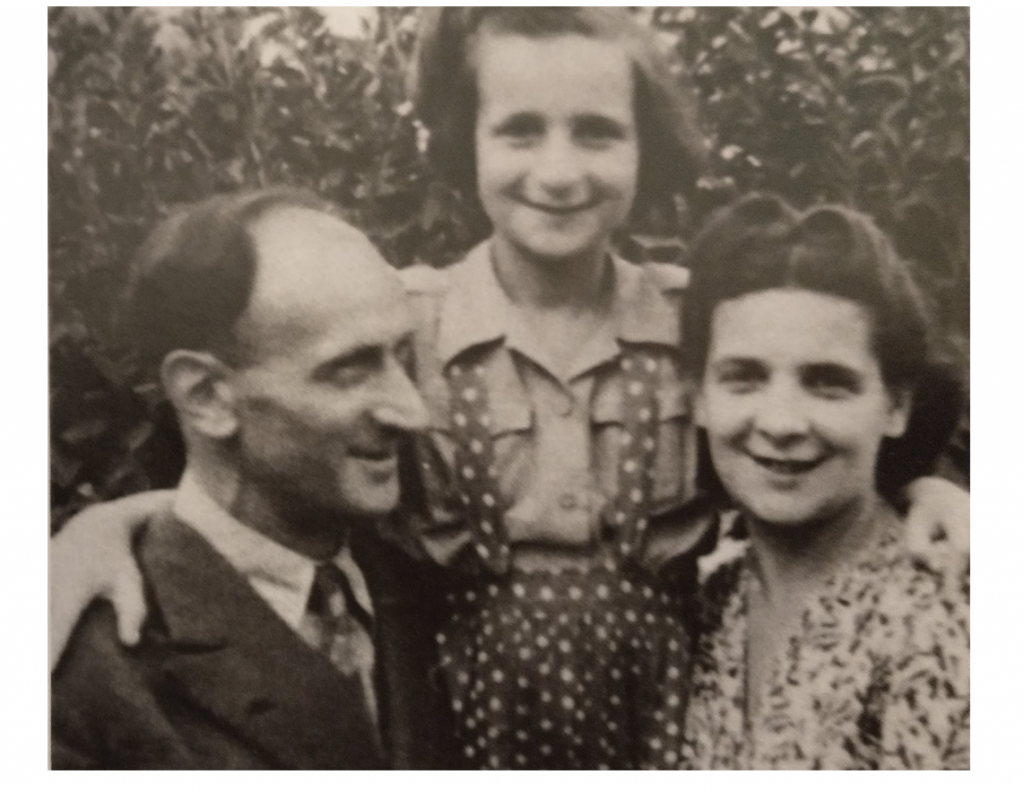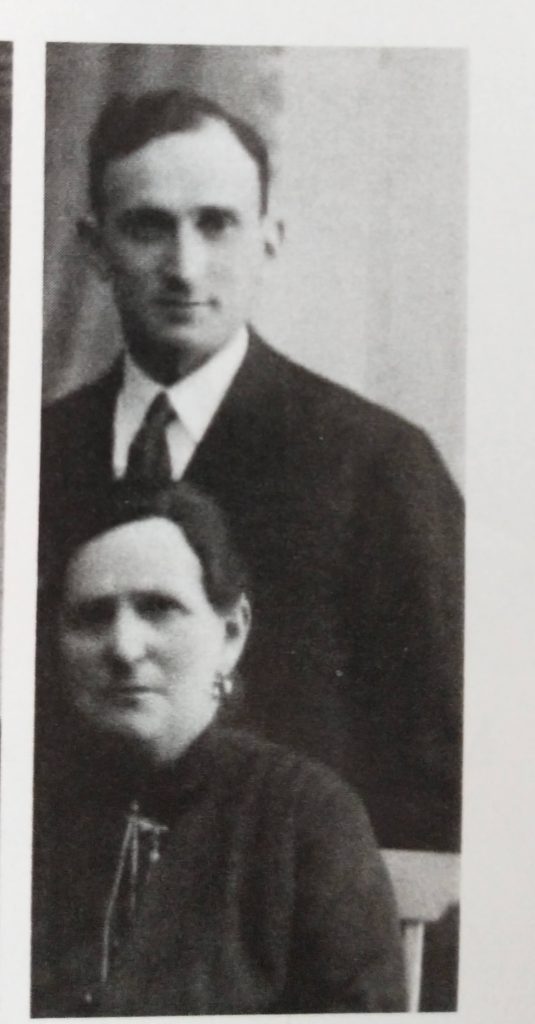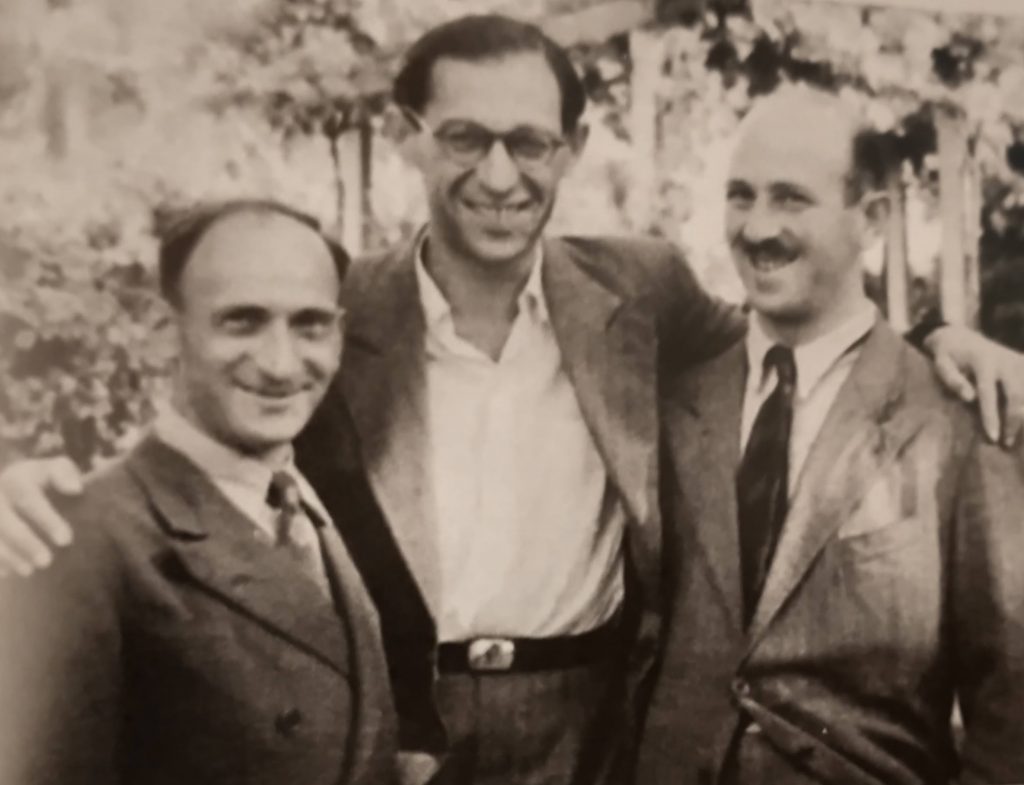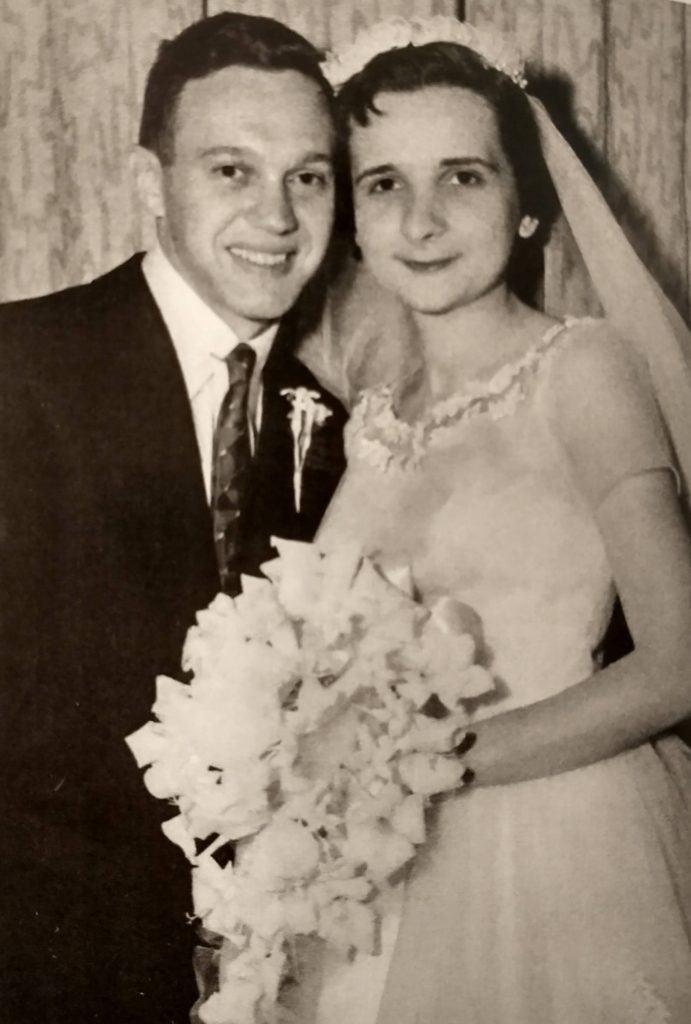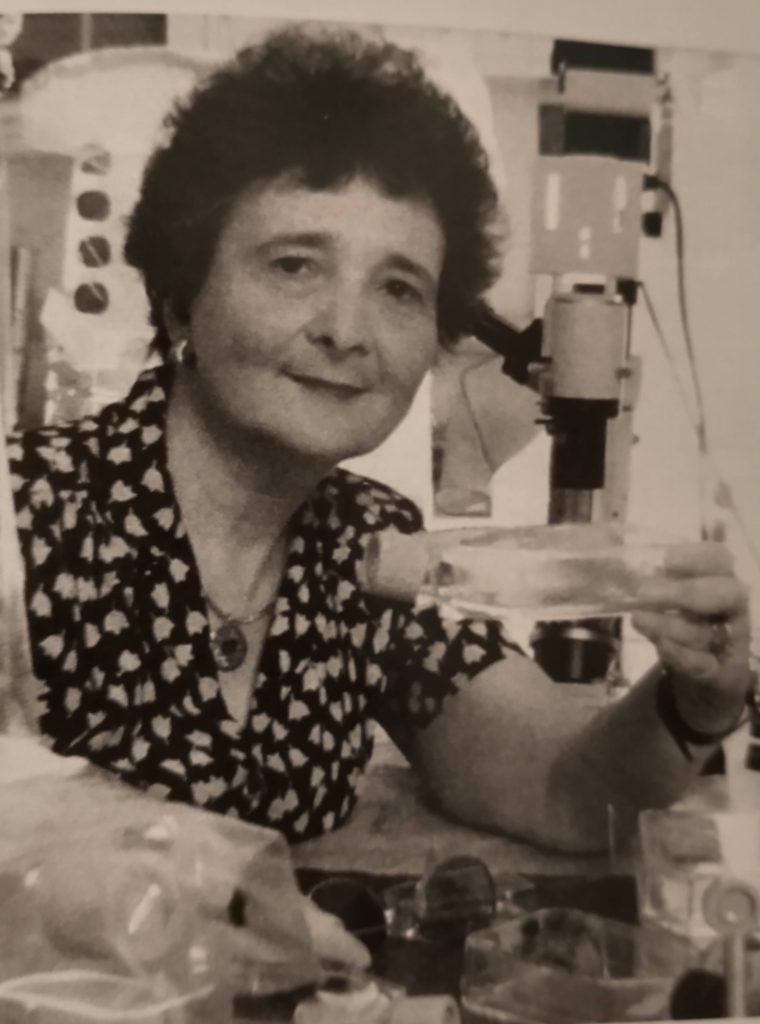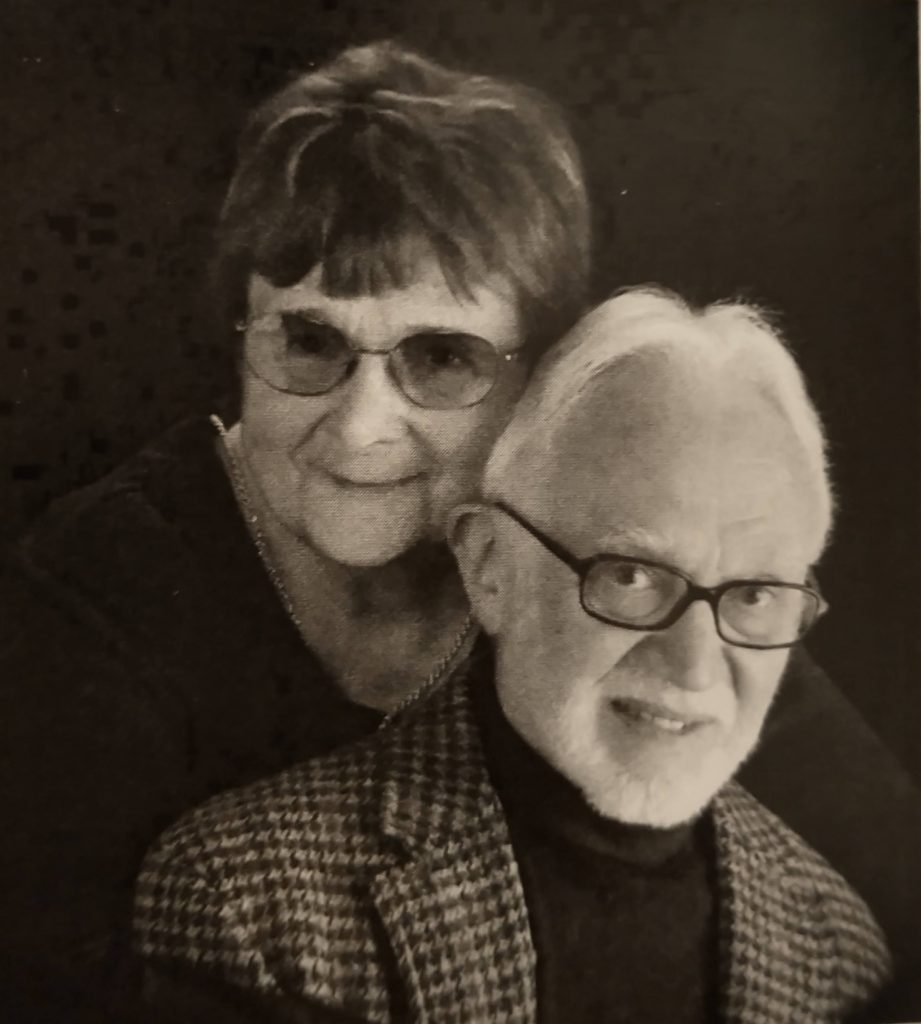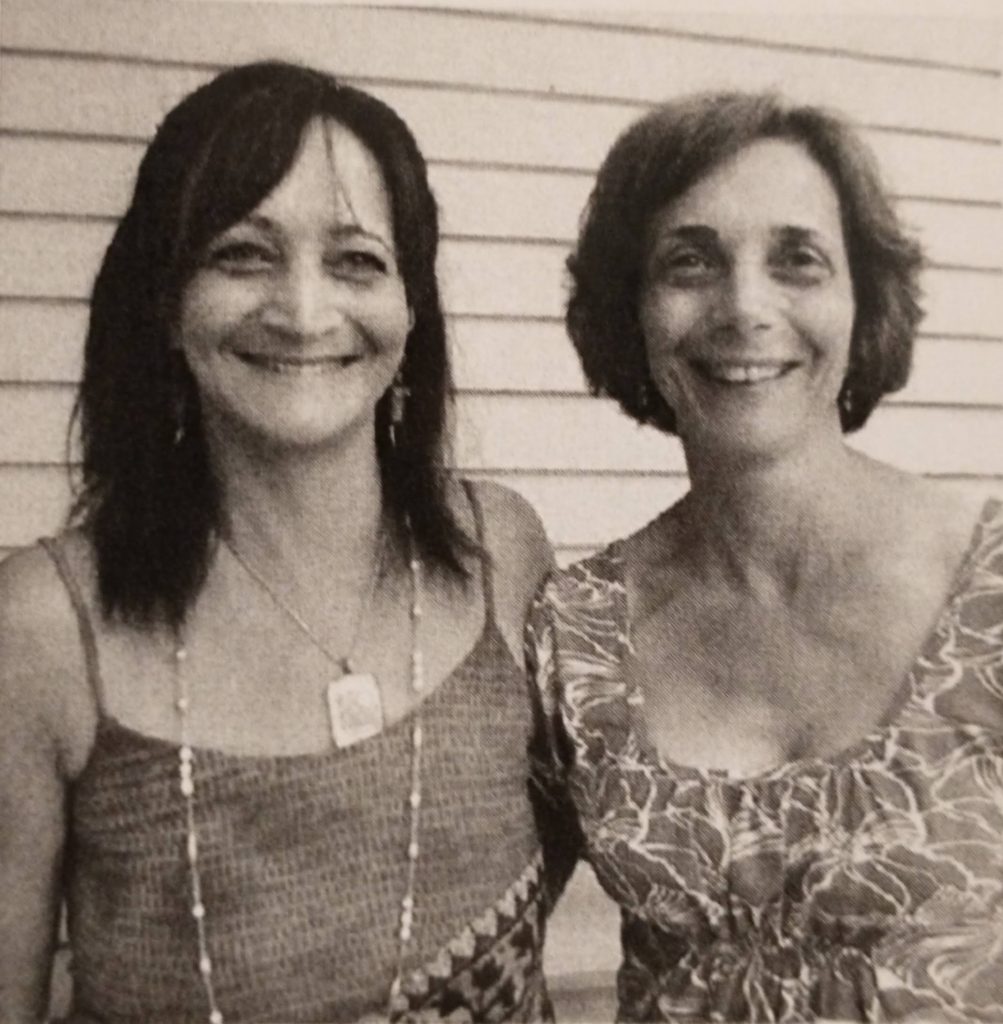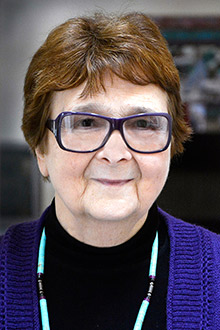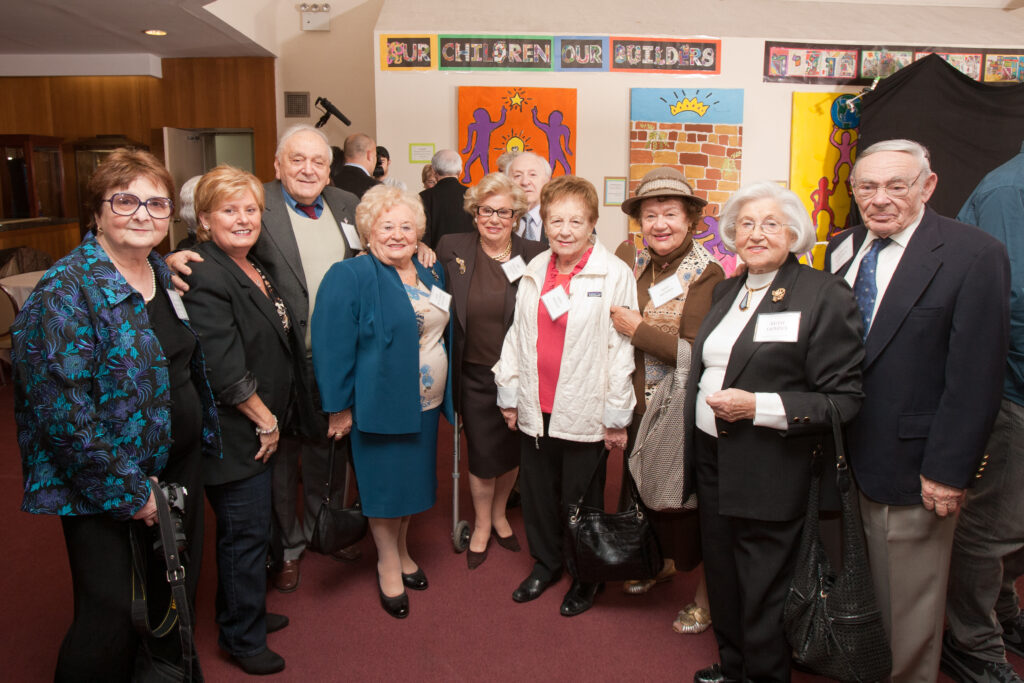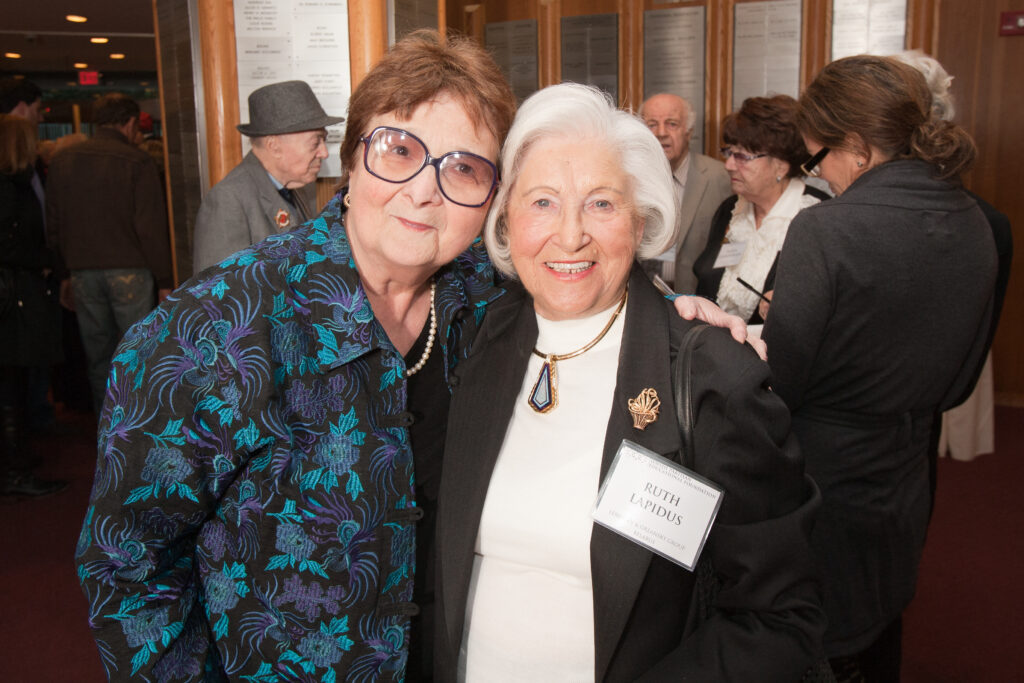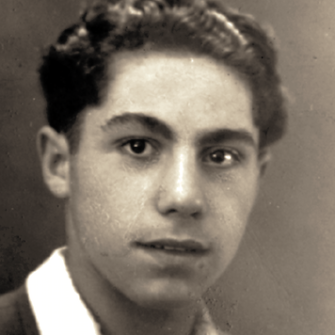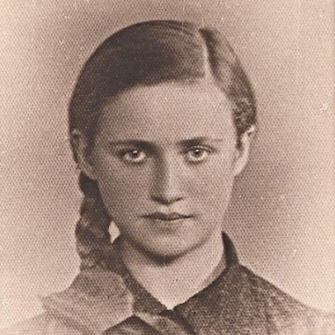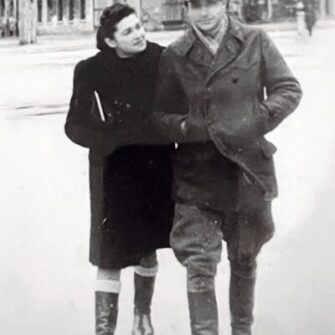Miriam (Mirka) Miasnik Brysk was born in Warsaw, Poland, on March 10, 1935. She was the only child of Bronka and Dr. Chaim Miasnik, and her parents affectionately called her by her nickname “Mirele.” She grew up on Zelazna Street, with her father’s medical office adjoining their apartment. Her father was a well-known and respected surgeon, an occupation that would later save their lives. She received much love and attention from her extended relatives and grandparents, and she grew especially close to her maternal Aunt Ala, who lived nearby.
When the Germans invaded Poland in September 1939, Miriam was four years old. The Russians urged able-bodied men to cross into Soviet-occupied Poland. Her father and uncles had gone to Lida, where the family planned to reunite. After Poland fell to the Nazis, Miriam, her mother, and Aunt Ala fled for the border that partitioned German-occupied and Soviet-occupied Poland. They arrived in Lida, where they reunited with Miriam’s father and her uncles, Sevek and Tadek. Despite the chaos around her, Miriam felt comfortable in Lida. She enjoyed nature, picking delicious crisp apples from the orchard in the fall and juicy berries in the summer. Miriam felt she didn’t lack anything, except that she desperately missed her grandparents in Warsaw.
In the summer of 1941, Germany broke the Molotov-Ribbentrop non-aggression pact and invaded the Soviet Union. Once again, Miriam heard the roaring of low-flying planes, this time over Lida. They invaded in the early morning; her father and uncles had already left for work. As flames engulfed the city, Miriam, her mother, and Aunt Ala fled to the outskirts of town. After the fires died down, the trio returned to their home, which was miraculously still standing. Miriam was overjoyed to be reunited with her father and uncles. However, the retreating Soviet Army ordered able-bodied men to report for military duty. Failure to report was punishable by death. Miriam’s Uncle Sevek had received a call-up notice and was forced to report for service.
The Germans bombed Lida again, this time with greater fury as their grip tightened around the city. On Friday, June 27, 1941, German ground troops entered the city. The following day, the Gestapo SS and SD stormtroopers were sent to kill the Jews of Lida. Jews were ordered to wear the Star of David on their clothing, and anti-Jewish decrees were enforced. Jewish professionals were ordered to come forward and identify themselves. While this group included Miriam’s father, he was spared from death. He was a surgeon and, therefore, “useful” to the Nazis, as he could operate on wounded Nazi soldiers.
The Lida Ghetto was established in November-December 1941. Thousands of Jews were forced into a dilapidated part of Lida and crowded into small houses. Jewish men and women were ordered to do forced labor, and a Judenrat (Jewish Council) and Jewish Police Force were put into action to enforce Nazis’ commands under the threat of death.
Ghetto life was a slow death as fear, disease, and malnutrition pervaded Miriam’s daily existence. The ghetto was sealed on May 7, 1942. The following day, the Nazis massacred the Jews in the first large aktion. The SS and local collaborators surrounded the ghetto and attacked the Jews with metal pipes and butts of guns. Miriam clung to her parents as they were forced into the streets at dawn. Terror, panic, and fear consumed Miriam as her mother tried to help a woman cover her baby but was hit from behind and forced to retreat.
They were ordered to assemble and march to the outskirts of Lida. They could hear machine guns fire in the distance as they came to an intersection. The Gebietskommissar and the SS examined papers and waved them in one of two directions: Aunt Ala and Uncle Tadek were sent to the left, while Miriam and her parents were sent to the right—to death.
Soldiers beat them to make them run faster. As they ran, the sound of gunfire grew louder and closer. Amidst the noise and chaos, soldiers were yelling at them. One repeatedly shouted, “Doctor, go back!” Her father wore a red cross armband, and his surgical skills were vital to the Nazis. Finally, the soldier physically stopped Miriam’s family and ordered the three of them into the left line. By the narrowest of margins, they survived. First, the Jews in the left line were ordered to be silent, lie on the ground, and be counted. Next, they were forced to bow to the Germans in appreciation for being spared.
At dusk, they were led back to the ghetto. Soon, rumors spread that ghetto children would be murdered while their parents were doing forced labor. Miriam’s parents sent her to live with a Catholic woman whose daughter’s life Miriam’s father had saved. However, when it became apparent that the killing of the ghetto children was a rumor, Miriam returned to the ghetto and was reunited with her family. Shortly after, Aunt Ala and Uncle Tadek decided to escape the Lida Ghetto and return to Warsaw to be with their parents. Miriam never saw them again.
After the liquidation, young Jews in the ghetto began preparing to fight back. Their center of activity occurred in the attic of 15 Kholodna Street, where they gathered rifles, grenades, and ammunition smuggled from outside the ghetto. However, many Jews were against armed resistance, convinced that working in Nazi factories would save their lives. As a result, the armed resisters left the ghetto and joined partisans in the forests.
On November 9, 1942, the partisans in the Lipiczany Forest wanted Miriam’s father in the forest because of his renowned surgical skills. “Broneczka, how can we take a child of seven into the bitter cold of winter to an unknown place?” Miriam heard her father whisper. “This may be our only opportunity for survival,” her mother responded.
Miriam and her parents packed their belongings and were smuggled out of the ghetto under darkness by a group of partisans. They crossed the partially frozen Niemen River and walked deep into the thick Lipiczany Forest. The forest was so dense that very little sunshine penetrated the canopies, and fog lingered among the thick undergrowth. The impenetrability of the forest made it an ideal hiding place, as the Germans were hesitant to send their soldiers into an area so difficult to navigate.
They reached the all-Jewish partisan camp the following night. Miriam and her parents were assigned sleeping places in an underground cellar called a zemelyanka, an earthen dugout lined with logs to insulate the floor and wooden boards to sleep on. A small fire vented to the outside, like a fireplace, to keep the space warm. Miriam was overwhelmed by the newness of this life and approached a group of armed partisans with a question. “Are you afraid of living in the cold forest?” she asked them. “We are not afraid,” they laughed. “We have guns to protect us. We are no longer living in the ghettos.” This answer made her feel safe and proud to be a Jew.
Miriam was the only child in the group. Nonetheless, she was assigned specific chores required for the group’s survival. She helped collect wood for fires and melted snow for drinking and washing. Her mother cooked for the camp, while her father was sent on missions to treat wounded partisans throughout the forest.
In mid-December 1942, three weeks after they arrived, they learned that a large contingent of German troops had entered the wilderness to capture and kill the partisans. Miriam’s father was away helping injured partisans. Miriam and her mother attempted to keep up with armed partisans as they ran in different directions, but they did not want a child with them in case she cried and gave them all away. Miriam and her mother joined a small, barely armed group of stragglers and headed deeper into the forest. They were cold, lost, and hungry for days and were nearly discovered by German soldiers. They ran into various Russian partisan groups who would not give them protection. Finally, after weeks in the cold, Miriam and her mother came upon a partisan who brought them back to Miriam’s father.
Because Miriam’s father was the only surgeon in the forest, requiring him to travel to various partisan camps, the Soviet high command oversaw the establishment of a central forest hospital for the entire Lipiczany wilderness. It was constructed on a small island surrounded by vast swamps. Her father was instrumental in recruiting forty Jews to staff the hospital along with Jews to carry out raids to secure food. Miriam and her mother were brought to live in the hospital, sharing a zemelyanka with the hospital staff. The hospital was heavily guarded, and, for additional safety, Miriam wore boys’ clothing, and her head was shaved. “Now you look like a real partisan, Mirele,” the hospital staff remarked.
The hospital expanded as more facilities were built to accommodate operating rooms and beds. Miriam often watched her father operate late into the night. Because Jews staffed the hospital, her father convinced the raiders who went on food missions to “lose” some food along the way. This lost food went to family camps, an action undertaken with secrecy not to arouse the suspicions of the Russians in charge. Nevertheless, antisemitism occurred daily, as Russian partisans singled out Jews.
Disguised as a boy, Miriam helped around the hospital by carrying large wooden logs for making fires or building new structures and assisted the nurses in sterilizing materials for surgeries. In addition, she often cleaned the partisan machine guns and rifles because her small hands were an asset. On her eighth birthday, Miriam’s parents gave her a pistol. After that, she felt like a true partisan.
In the early summer of 1944, the Soviet Army liberated the east. The partisans converged to meet the liberators, hugging and saluting them with tears in their eyes. For Miriam, it was a time of joy and deep sorrow for all she had lost during the war.
After the liberation, the Soviets sent them to the nearby hamlet of Szczuczyn. Her father was awarded the Order of Lenin, one of the highest medals bestowed in the Soviet Union. However, they were not content to settle for life under communism or endure the rampant antisemitism in post-war Europe. Miriam’s parents each had brothers living in America and decided to try and reunite with them. Young Miriam could not even imagine a place on earth not ravaged by war.
Miriam and her parents traveled through Poland, Czechoslovakia, Hungary, and Romania before arriving in a Displaced Persons camp in Allied-occupied Austria. They were then transported to Italy by Jewish soldiers who were part of Bricha, a covert operation that helped Jews escape post-war Europe to Israel. While Miriam longed to immigrate to Israel, her parents decided that America would be best because they had family there. So, with her uncles’ sponsorship, Miriam and her parents left Naples, Italy, and sailed to Brooklyn on the Marine Falcon in February 1947.
Miriam was struck by the naivete of Americans towards the war and resented their remarks that dismissed her war experiences because she was a child. She struggled in school, trying to catch up for all the years she had lost, and her relationship with her parents was strained. Miriam felt alone and abandoned in her pain, devoid of love and support.
However, life changed for the better in 1955 when Miriam graduated from New York University, an accomplishment for which she had struggled long and hard. She was passionate about science and majored in biology and chemistry. Around this time, Miriam’s cousin introduced her to Henry Brysk, a young physicist and assistant professor at Vanderbilt University. They were married in June 1955.
Miriam and Henry had two daughters, Judy and Havi, five grandchildren, and three great-grandchildren. Miriam earned her M.S. in Microbiology from the University of Michigan and her Ph.D. in Biological and Biomedical Sciences from Columbia University. She was Professor Emeritus, the director of the Dermatology Research Laboratory at the University of Texas, and published eighty-five peer-reviewed scientific research manuscripts.
After returning to Eastern Europe in 2002, Miriam decided to write her memoir Amidst the Shadow of the Trees and channel her suffering and pain into art. She has committed to spending the rest of her life remembering the Holocaust through writing, art, music, and poetry.
Miriam created three large bodies of art, In a Confined Silence, Children of the Holocaust, and Scroll of Remembrance, along with 25 solo art exhibits and several works in the permanent art collection at Yad Vashem. In addition to her memoir, Miriam also wrote Etched in My Memor and The Stones Weep: Teaching the Holocaust Through a Survivor’s Art.
You can find Miriam’s work on her website: www.miriambrysk.com.
Miriam passed away in May 2022.

